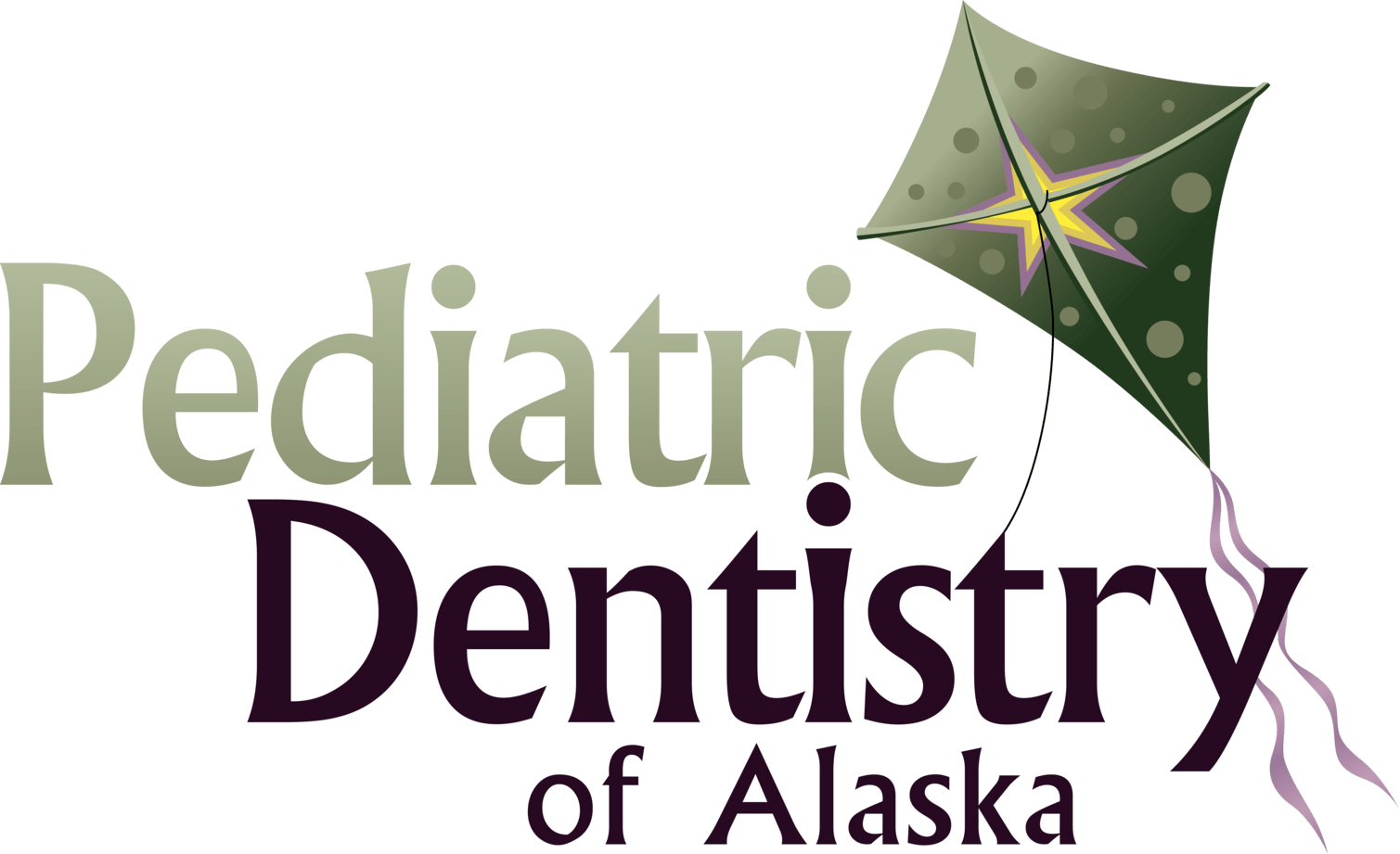Introduced in 1987, nearly 90 years after traditional x-rays came to fruition, digital radiography combined the power of computer technology with electric sensors and tiny bursts of radiation. Rather than printing the results on film, images form almost as soon as the sensors are placed in our mouths, projecting on a computer screen. Digital x-ray technology does demand additional training for dentists, though the majority of practitioners are adamant that the advantages are worth the commitment. Today, a lot of dental offices only offer digital x-rays because, in multiple ways, it is the superior option to traditional radiography.
- Less Radiation | Digital x-rays reduce radiation by approximately 70%, which is a big deal! Our office affirms the standards of ALARA to utilize as minimal radiation as needed. We are proud to offer digital radiography to help with that.
- More secure storage | Digital x-rays provide increased security for patients in regards to their privacy. They can be stored on computers protected by passwords and firewalls.
- Improved Image Quality | Digital x-ray images produce a better resolution than their traditional counterparts. Also, old-fashioned x-rays can only project images in 25 various shades, whereas a digital image can reveal up to 256 shades of gray. Digital radiography also has the advantage of accessing more angles within our mouths, providing a streamlined view of an entire oral structure. With the assistance of computer programs, dentists can even enhance the digital images further, for a focused view.
- Less Expensive | Digital x-rays will generally cost less than the traditional alternative because the cost of film to develop images for the latter adds up. In contrast, digital x-ray imaging projects right onto our computer.

